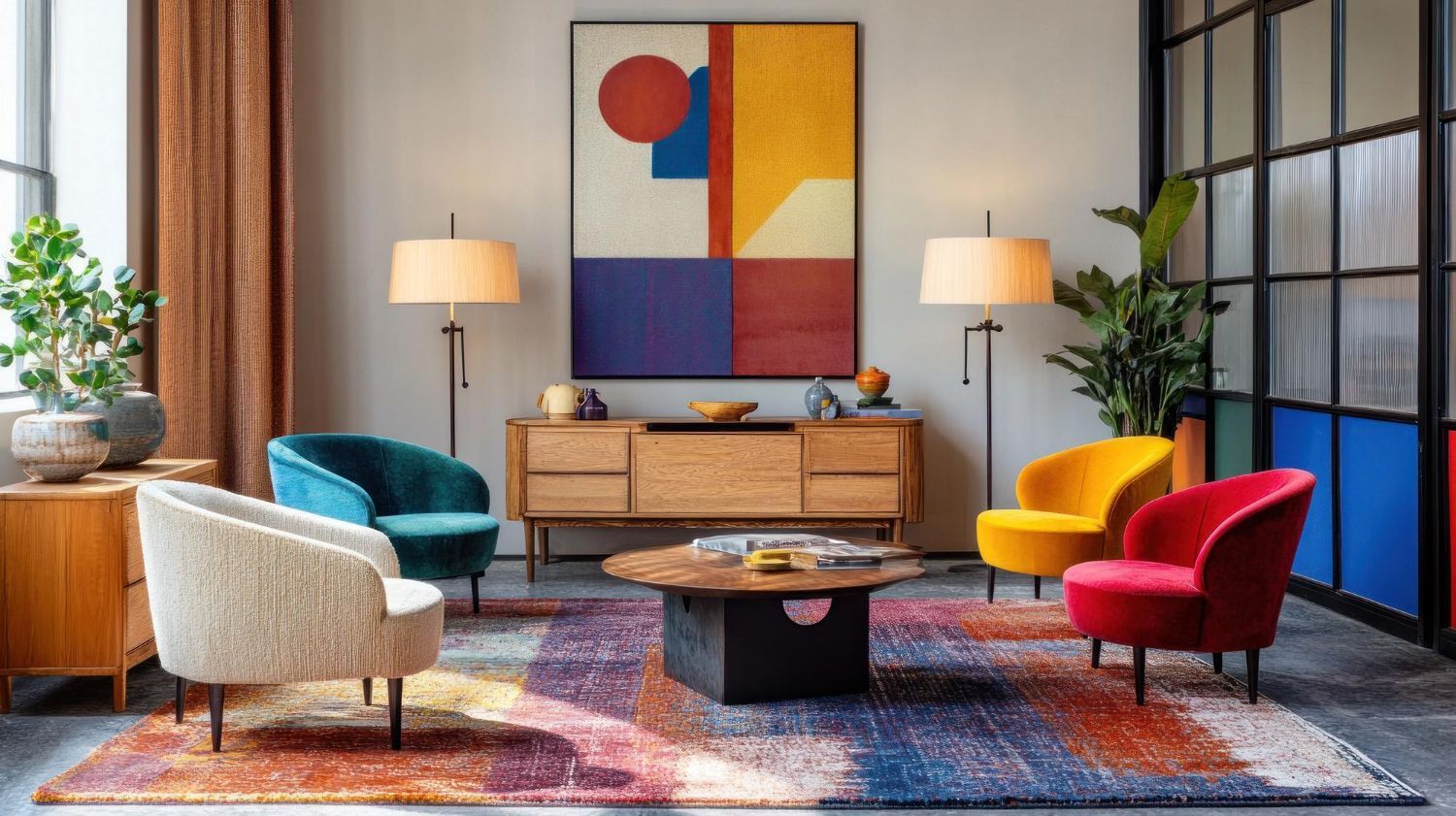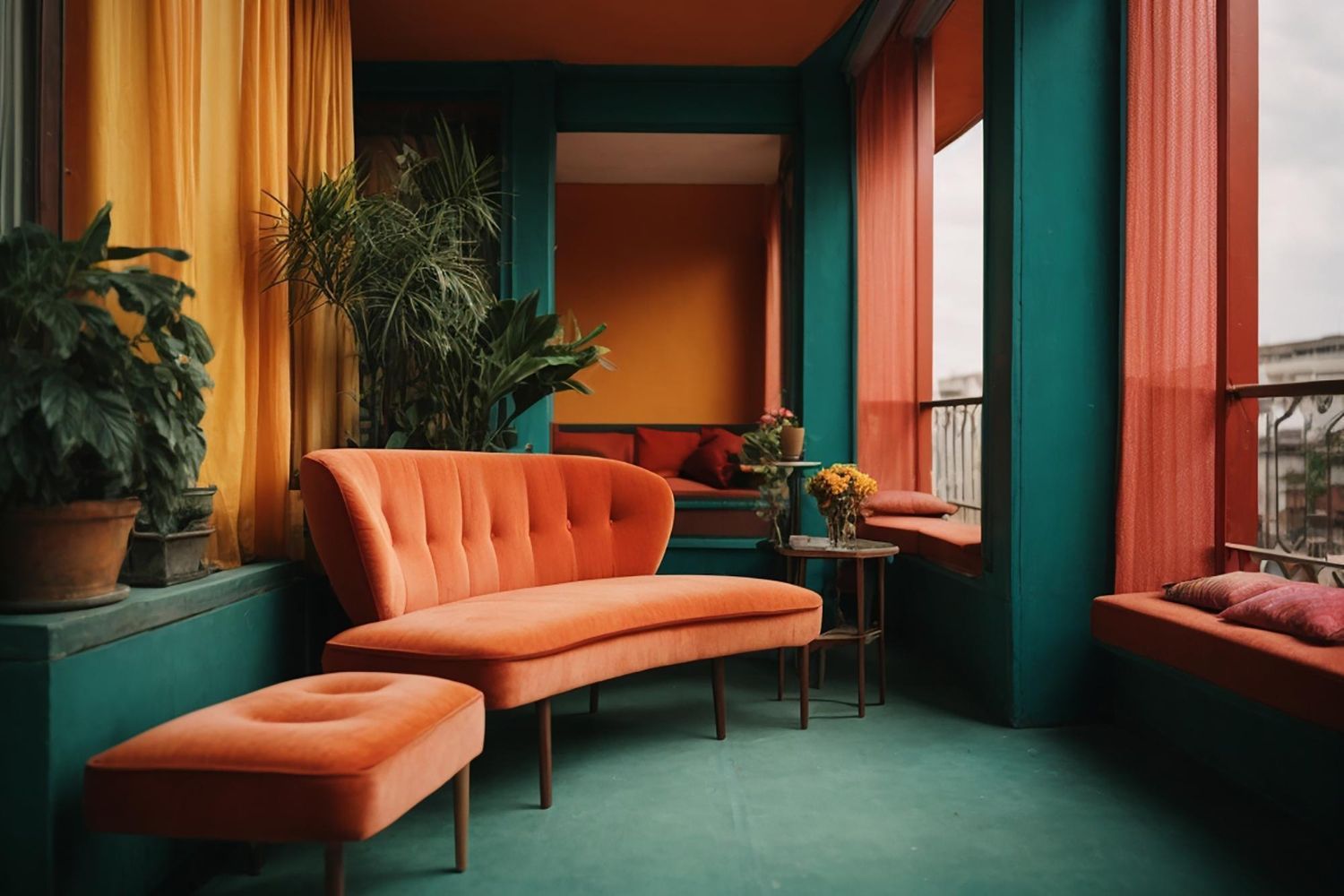Interior Design
Interior Design, the science of enhancing the interior

Interior design is the art and science of enhancing the interior of a space to create an environment that is both functional and visually appealing. It goes beyond decoration, focusing on how spaces are planned, structured, and furnished to support the needs of the people who use them. Interior designers consider layout, lighting, color schemes, furniture, and materials to transform empty rooms into cohesive, comfortable, and efficient living or working spaces. Whether it’s a home, office, or commercial property, interior design ensures that the space is practical while reflecting a specific style or brand identity.
A key element of interior design is functionality. Designers plan spaces to maximize efficiency and flow, ensuring that every detail—from furniture placement to lighting—contributes to ease of use. In a home, this might mean designing a kitchen with smart storage and ergonomic layouts, while in an office, it could involve creating collaborative spaces alongside private areas. Interior design also plays an important role in improving well-being, using natural light, colors, and textures to influence mood, productivity, and comfort.

Interior design is also an expression of creativity and personality. Through the use of styles ranging from modern minimalism to rustic or traditional themes, designers can capture the unique tastes of homeowners or reinforce the branding of businesses. Custom finishes, carefully selected furnishings, and decorative elements bring character and warmth to a space, making it more inviting. Ultimately, interior design blends beauty and practicality, creating environments that not only serve a purpose but also leave a lasting impression.


